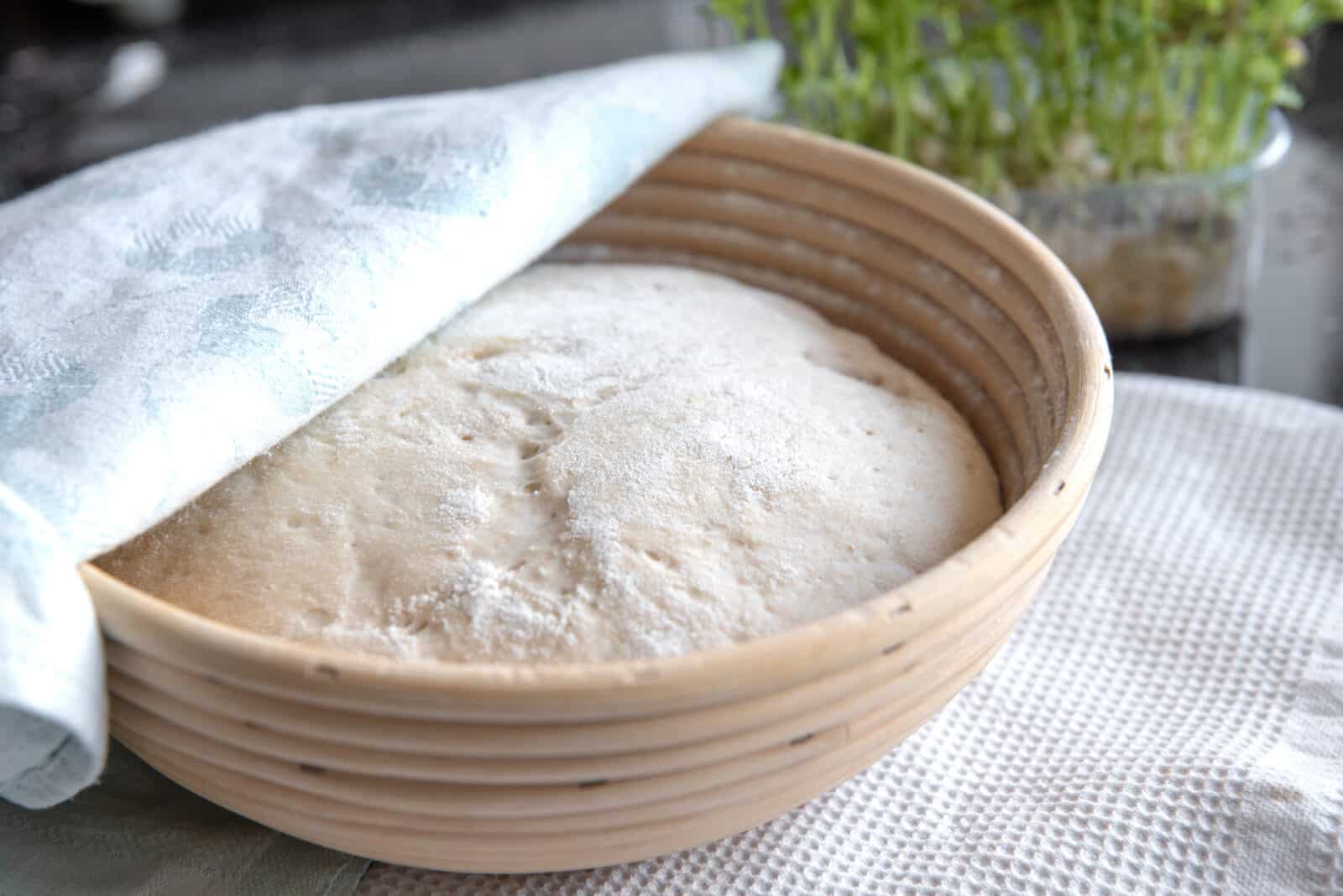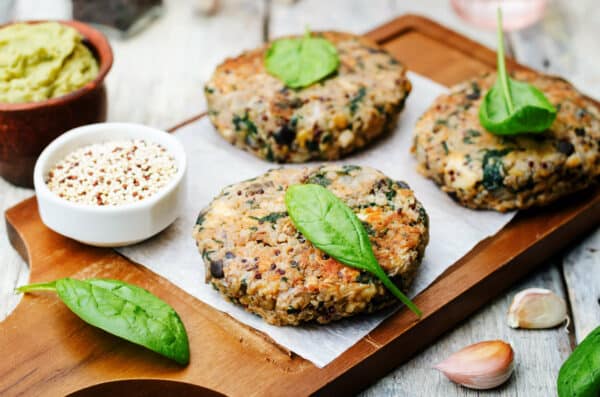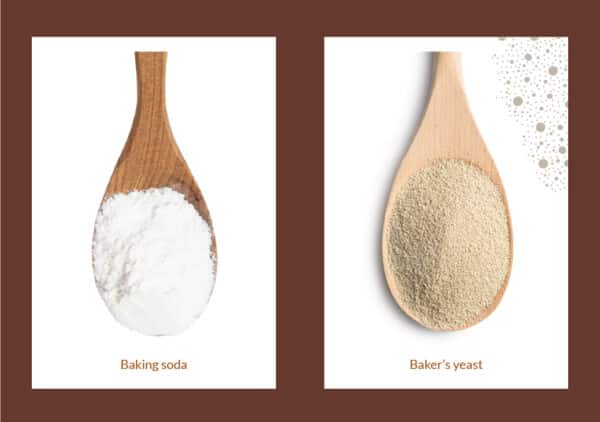The magic of breadmaking has a long history
Archaeologists suggest that there is a strong parallel between the advancement of human civilization with the evolution of what is now regarded as the modern-day species of bread wheat. Some archaeologists even joke that it is not humans who have domesticated wheat, but wheat, which has domesticated humans. Some say this is evident in the history of humans moving from hunter-gathers to farmers and planting wheat across the globe. Bread and bread-making have been a central part of this as bread became the staple food for most humans in much of ancient history and continues to be so today.
Humans’ discovery of the magic of breadmaking must have been one of the most magical experiences and probably one of human’s first acts of science and chemistry. Imagine finding out that ground grains, mixed with some water and some unseeable microorganism called yeast could be changed into something fluffy, flavorful, and full of nutrients. To most, this was surely magic!
Today, breadmaking has changed significantly since ancient times, however, it continues to inspire innovations.
Learn more about one of humankind’s oldest ingredients, yeast!
Nine families of bread to discover
In the earliest days of breadmaking, humans used to make flatbreads, usually cooked over an open fire and not baked. These types of bread continue to be popular today in places like Greece with the pita, in the Americas with tortillas, or the Middle East with lavash. What is truly remarkable and quite magical is the variety and different types of bread that can be found across the globe today. Each with its own breadmaking process. While it is impossible to identify every kind of bread, we can identify nine major groups.
Crusty bread: This type of bread appeared in countries where wheat was grown. The art of baking developed in these places, helping to make crusty bread a traditional food, especially as the crust keeps the bread fresher longer. These breads include the French baguette, Italian ciabatta, and Austrian Kaiser roll.
Sandwich bread: Common in the USA and the UK, as well as Mexico and Canada and all the former British colonies in Asia and Australasia. American burger buns and Middle Eastern kirpich are also part of this family. Even in Japan, which is known for its rice, the soft milk bread “shokupan” is widely consumed and enjoyed.
Flatbreads: Flatbreads are among the most widely consumed type of bread in the world. Flatbreads’ popularity expands all continents with numerous varieties, including Lebanese bread, Sardinian spianata, Chinese shaobing, blini, pita, injera, and, many people’s new favorite, the wrap.
Rye breads: These breads are customarily eaten in northern Europe, Russia, and the US and include Borodinsky, marbled rye, and pumpernickel. Rye bread is made with rye flour, which may be mixed with wheat flour. The rye flour is what gives it a dark color. As these flours are very sticky, acidifiers such as sourdough starter, vinegar, or buttermilk are added to the dough. This is the reason why these breads often have a sour taste. And who doesn’t love pastrami on rye?!
Steamed breads: First invented in China, these soft breads include Chinese baozi, Tibetan momo, and Polish kluski. In China, 20 percent of the wheat grown used for bread-making is utilized to make this type of bread. Usually, these breads are made from dough prepared the day before that undergoes fermentation before it is cooked.
Fried breads: This type of bread is exactly like it sounds. Bread that is unleavened and fried instead of baked. Examples of these types of breads include the American donut, Hungarian Langos, and Indian Chapati. They can be savory or sweet.
Brioche-style breads: French brioche, Italian panettone, Latin American concha, and Asian roti mani are all brioche-style breads. These breads tend to have a high egg, fat, and sugar content and a soft crumb, and a sweet taste that varies according to local palates. You can find this type of bread in one form or another on every continent.
Puff pastries: This is an easy one! Think French croissants (…which originally came from Austria) and Balkan böreks. They are distinguished by the multiple layers of thin, crispy crusts and can be filled with savory meats or vegetables or a variety of sweet fillings like jams or chocolate.
Pizza: If you thought we forgot pizza we didn’t! Pizza is known and enjoyed around the globe and can be found practically anywhere. Pizza is unmistakable by its round shape and thickness. Invented in Naples in the sixteenth century it was only in the 18th century when tomatoes came over to Europe from the Americas that pizza, as we know it, was truly born!
Explore how Baker’s yeast is made today!
Breadmaking is life itself!
If by now you are not convinced of the magic of bread making, remember that all of these different and varied forms of bread, which can be sweet or savory are all born from just four simple ingredients: flour, water, yeast/sourdough, and salt!
Bread has even been compared to life itself and what is not more magical than life itself? And if you still don’t believe us, make bread with any child and you will instantly recognize how truly amazing and magical breadmaking is!
Find out more about yeast and bread
Want to make your own bread at home now? Check out this recipe!




